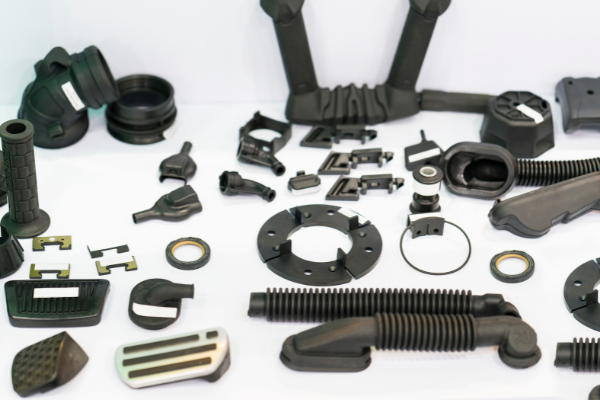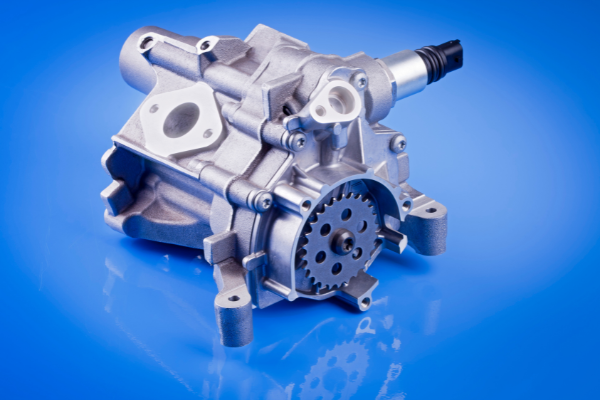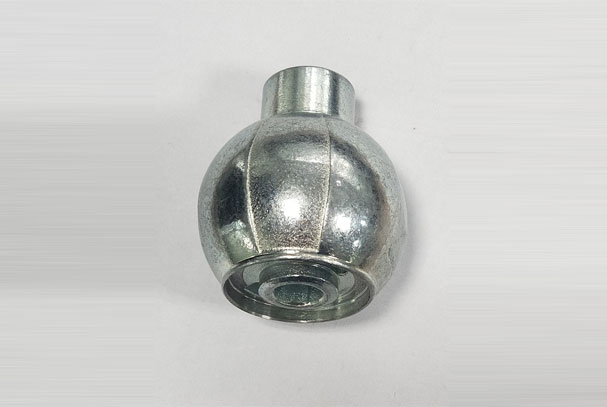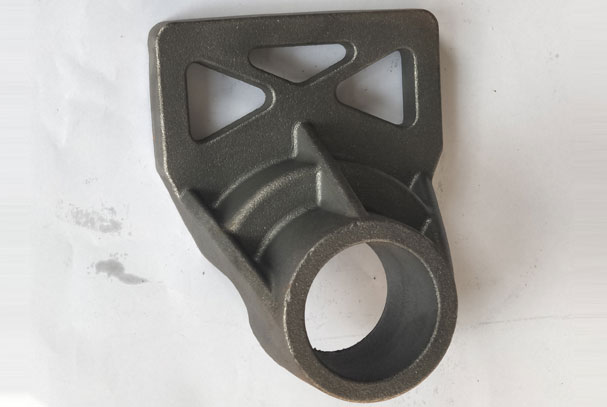TOP casting supplier from china
ETCN supplies high-quality casting parts, as well as promotional products for your business.

What are the parts of casting?
The casting process is a very important part of the machining process. Casting is when a metal is poured into a mold and left to cool, solidify, and be removed from the mold. This process can make all sorts of objects, including machine parts.
There are three main types of casting: sand casting, lost-wax casting, and investment casting. Sand casting is the most common form of casting and uses sand as the mold material. Lost-wax casting uses wax as the mold material, usually in small quantities. Investment casting uses a metal alloy as the mold material, usually in large quantities.
Casting is an important process because it allows machines to be made using metals that would be impossible to machine using other methods. It also allows for creating complex shapes that would not be possible to make using other methods.
Casting Processing Services Provided by ETCN
Die Casting is a metal casting process that creates complex shapes of metal by pouring molten metal into a mold. The metal being poured becomes the hard part of the final product.
Gravity Casting is an innovative casting process that uses the weight of a casting object to pull molten metal up from a furnace. This process is often used to cast large, heavy objects that would be too difficult or expensive to cast using other methods.
Advantage of Casting parts from ETCN
Casting parts from ETCN is advantageous for several reasons.
1. ETCN offers high accuracy and precision. The parts are cast using the latest technologies and techniques, ensuring they are of the highest quality.
2. ETCN is quick and easy. You can have your part designed and cast in just a few hours, which makes it ideal for quick turnaround times.
3. ETCN is affordable. The price of the parts is lower than traditional casting methods, making them more affordable for businesses and consumers alike.

Casting FAQs

Frequently Asked Questions.
Unclear Marking During Casting?
1. The mark on the mold is not clear enough (the reason for the mold);
2. The markings on the mold are not clear. You can analyze whether the particle size of the following molding sand is fine enough and whether the strength is high enough;
3. The refractoriness of the mold and coating is not enough.
4. Another factor that is easily overlooked is the casting location of the casting mark. When determining the casting position, try to keep the casting mark on the bottom or side to avoid being on the top surface.
Why Can't The Inner Processing Of Aluminum Die-casting Hole Exceed 0.25mm?
With the addition of silicon film as a process, molding has changed. Silicon is used to create molds in the shape of something that has been designed using aluminum and other metals. When aluminum cools down in the persimmon, particles start to form on top of it. This silicon layer is known as a silicon film that starts at .2mm thick to .9mm thick. Some design houses use this silicon film as a self-lubricating surface–the bearing performance will be shortened if done too much.
Easy To Crack When Die-casting Thin-walled Products
Die-casting is a manufacturing process that produces metal parts by pressing the molten material, usually bronze or aluminum, into a mold. The most common type of die-cast part is a cylinder, but other shapes can be made as well.
The main problem with die-casting thin-walled products is that the material can easily crack when it cools. This can cause the part to fail when it’s used, so it’s important to take precautions when making them.
One way to prevent cracking is to use a thicker walled die. This will make it more difficult for the material to break apart, and it will also result in a stronger part. Another method is to use a thermal barrier material. This will help to keep the material from cooling too quickly, and it will also prevent cracks from forming.
If you’re die-casting thin-walled products, it’s important to take precautions to avoid cracking. By using a thicker walled die or using a thermal barrier material, you’ll be able to produce strong parts that won’t fail later on.
Metal Splashing During Die Casting
Die casting is a process that creates objects from molten metal. The molten metal is poured into a die, which shapes the metal and creates the object. Sometimes small pieces of metal can splash out of the die during the casting process. This can create problems for the object being created, and it can also be dangerous.
Metal splashing during die casting can cause problems with the finished product. The pieces of metal that splash out can deform the die, creating inconsistencies in the shape of the object. This can lead to defects in the object, as well as injuries to workers involved in the process. Metal splashing also poses a danger to bystanders, as flying pieces of metal could injure them.
To prevent metal splashing during die casting, manufacturers should take precautions to keep the die clean. They should also use adequate safety equipment to protect workers and bystanders from injury.
Request a Quote
Do you need a quote for your high-precision part? Contact us now by phone, email, or through our contact form.

